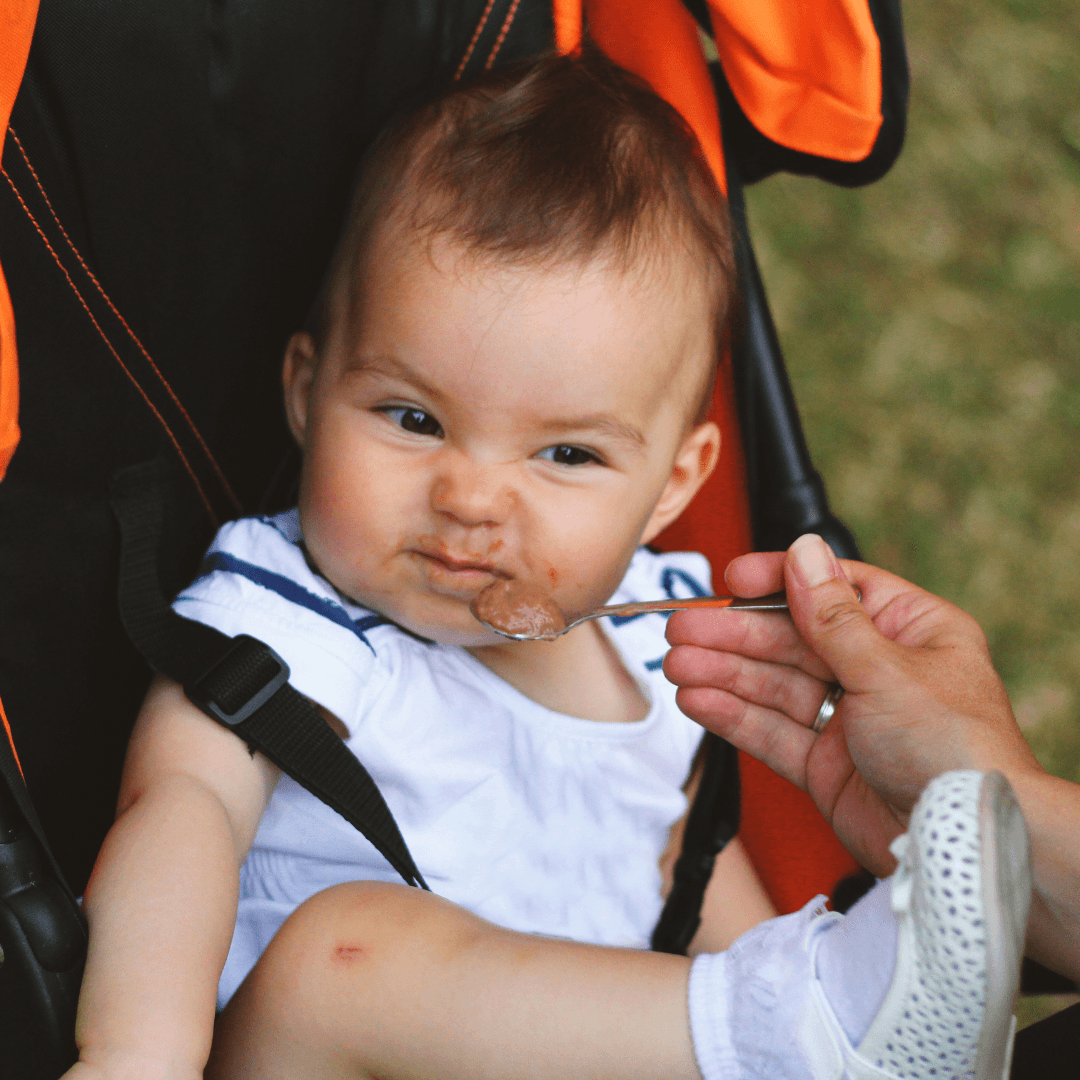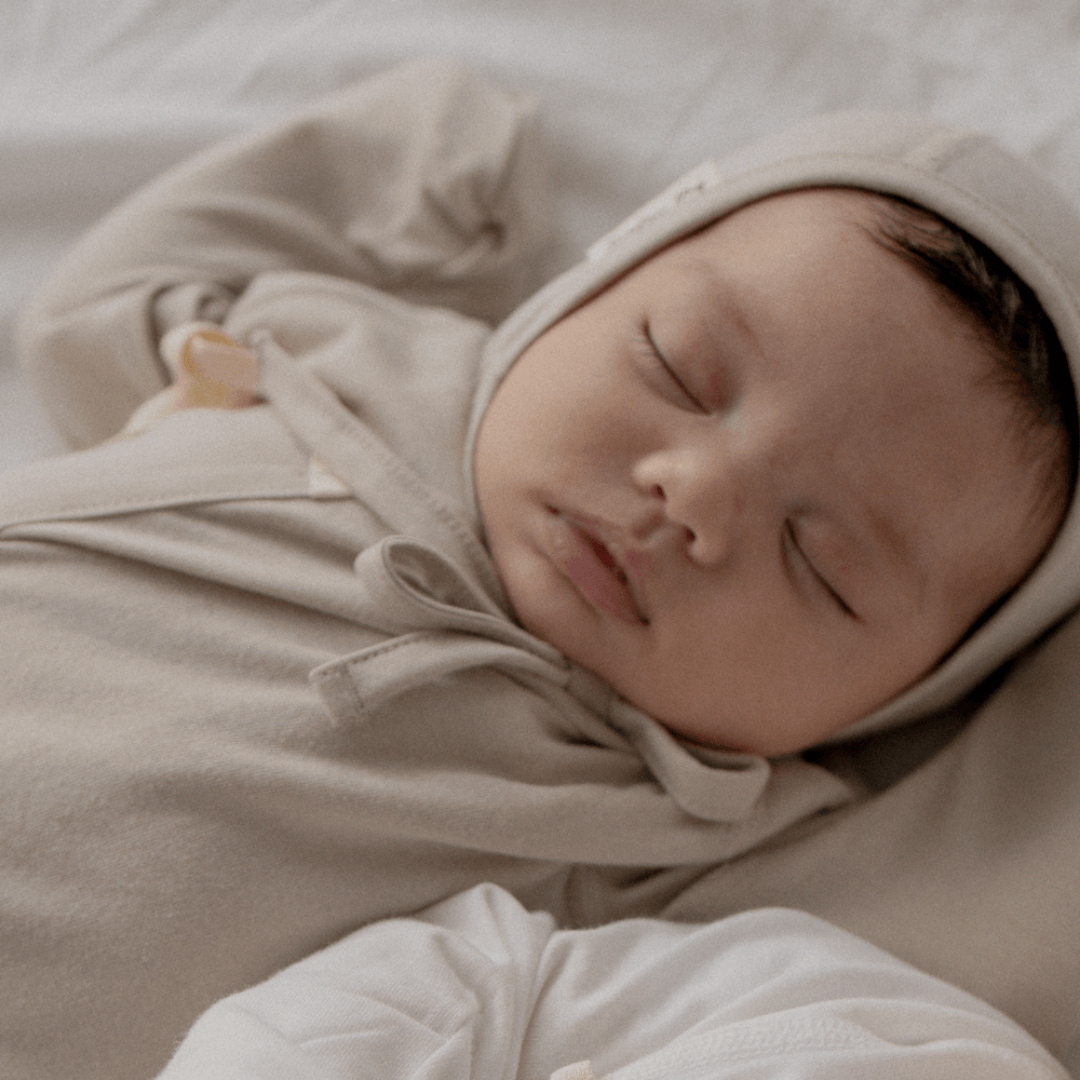If the area around the baby's mouth is red, many parents worry about their child having atopic dermatitis. Today, we're going to talk about the red spots on the baby's face!
It's not necessarily atopy!
Let’s talk about the difference between different skin conditions and their causes. In the case of atopy, the symptoms are not limited to the area around the face. Similar skin patterns appear in certain areas, such as the arms, legs, thigh and tummy areas, and shins. Atopy doesn't just mean a red face and eczema.

Food allergies can cause your child's face to turn red. A child's digestive system is still young and immature, so it is not until the age of three that it develops into a functioning gastrointestinal tract. Until then, the digestive system is weak and unstable, so it is sensitive to food. This can lead to a food allergy or gastrointestinal allergy and often causes a hives reaction.
In the case of babies, if ingredients that do not fit well with baby food are added, an allergic reaction may appear that gradually rises around the mouth. If you see this kind of thing, it is better to avoid those ingredients first. Please try again after about 2-3 months. If it comes up again, take a break and try again after 2-3 months. This is because, as the child gets older and the digestive system develops, the food that previously caused hives may not do so in the future.
Tip: Atopic dermatitis is diagnosed as atopic dermatitis when 2 or more of the main diagnostic criteria and 4 or more of the auxiliary diagnostic criteria are met for atopic dermatitis. The main diagnostic criteria for atopic dermatitis are itching, the shape and location of dermatitis characteristic according to age, and whether there is a family history of atopic disease.
Patients younger than 2 years of age mainly show eczema on the face, trunk, and outward spread of the limbs, and patients over 2 years of age have eczema on the face, neck, and folds on the inside of the extremities. In addition, various auxiliary diagnostic criteria exist.
These include dry skin, pityriasis (ringworms), eczema lesions or pigmentation around the eyes, eczema lesions around the ears, cheilitis, non-specific eczema of the hands and feet, dandruff on the scalp, salivation of the skin around the pores, eczema around the nipples, and excessive sweating.
Atopy is diagnosed when there are 4 or more incidents of pruritus, white skin dermatosis (skin turns white when scratched), a positive skin prick test, an increase in serum immunoglobulin E, or an increase in the frequency of skin infections.

It could be saliva.
Redness and irritation can also be contact dermatitis caused by saliva. This is dermatitis that occurs when a lot of saliva comes into contact with the sensitive skin of a baby.
Usually, teeth start to appear around 4-6 months of age, and the teeth pierce the gums and cause the child to drool a lot. Also, when you start baby food, the digestive system is immature, so the area around the mouth is always covered with saliva, which makes the area red. In severe cases, there may be sores, causing the child discomfort.
If the irritation is severe, rather than wiping the saliva with a gauze towel, it is better to wipe the saliva away with water and then gently tap the water with a cotton towel to remove it. No matter how soft the gauze towel is, it can irritate the baby's skin and make it worse.
Secondary infection may occur if the wound is severe. Then, you need to apply antibiotic ointment. So, if the symptoms are severe, get proper treatment and a checkup.
---------------------------------------------------
Author: Hanbit Kim, Oriental Doctor
- (Current) Seocho National University of Education
- Graduated from Kyunghee University College of Oriental Medicine · Korean Academy of Oriental Pediatrics
- Member of Korean Pharmacological Association







